BLUE LAGOON & ICELAND
What Is the Blue Lagoon?
Photo by Benjamin Rascoe
The Blue Lagoon is one of Iceland's most popular attractions, and it's little wonder as to why. The beautiful milky-blue water is unlike anything else found on earth and starkly contrasts with the surrounding black lava fields and creeping gray moss. The temperature of the Blue Lagoon is a consistent 102 F (39 C) year-round, making it the perfect bathing temperature.
The lagoon is on the Reykjanes Peninsula in southwest Iceland, renowned for its barren landscapes and cone-shaped volcanoes. It's only a 14-mile (23-kilometer) drive from Keflavik International Airport. From the Icelandic capital city of Reykjavik to Blue Lagoon is 30 miles (49 kilometers). That makes it the perfect first stop when arriving in Iceland or the last stop before leaving the country.
Due to its excellent location, soothing waters, and rich skin nourishment benefits, Iceland's Blue Lagoon quickly became the country's most visited attraction, rivaled only by the Golden Circle sightseeing route.
Photo by Sam Park
The Blue Lagoon has become famous internationally as well and tops many travelers' bucket lists. National Geographic named it one of the top 25 Wonders of the World, and Conde Nast Traveller included it on a list of the top 10 spas in the world.
The Blue Lagoon has become so popular that you'll need to book your ticket days (or even weeks!) in advance to get in.
Picture by Mark Kuiper
And who knows, you might be rubbing shoulders with international celebrities when you do go. Celebrities such as Bjork, Beyonce, Jay-Z, Kim Kardashian, and Kanye West have been spotted in the Blue Lagoon, much to the delight of fellow visitors.
But what's so special about the Blue Lagoon in Iceland? Read on to learn more about its history, why it's so blue, and what makes it unique.
History of the Blue Lagoon
Photo by Balazs Busznyak
11 Quick Facts About the Blue Lagoon
Here are some essential facts about the Blue Lagoon:
- The Blue Lagoon is a spa in Iceland and is open all year.
- Blue Lagoon tickets start at around 46 USD for adults (14+).
- You can choose between comfort level, premium entry, or the retreat spa.
- The minimum age to enter the Blue Lagoon is two years old, and admission is free for two to 13-year-olds.
- Pre-booking is required. We recommend booking days or weeks in advance.
- The best time to visit the Blue Lagoon is in the evening to enjoy the midnight sun in summer or the northern lights in winter.
- The average water temperature is 102 F (39 C) all year.
- The Blue Lagoon is not natural and was formed in 1976.
- The warm seawater is rich with minerals (such as silica) that do wonders for your skin.
- The Blue Lagoon offers psoriasis treatments.
- The water in the Blue Lagoon completely renews itself every 48 hours.
Is the Blue Lagoon Natural?
Photo from Theme Inn
The Blue Lagoon's history dates back to 1976 when it formed next to a geothermal power plant, Svartsengi. Contrary to many people's belief, the lagoon is not a natural hot spring but a pool created by a human-made structure. It's wastewater from a power plant drilling for steam and hot water.
But don't worry; the water is completely clean and does not contain any harmful chemicals, only natural minerals that have been proven to be very good for people's skin. Since the water continuously streams into the lagoon, it's renewed in 48 hours, ensuring it always stays clean.
How Was the Blue Lagoon Formed?
Photo from Jeff Sheldon
Work on the Svartsengi geothermal plant started in 1971; it began operations in 1976.
Iceland has a long history of utilizing the country's geothermal energy. It has been used for heating buildings and cooking (such as baking bread by burying it in the ground).
For heating, boiling water is taken directly from the ground and pumped into the radiators of Iceland's houses. The Svartsengi plant drills for hot water for this purpose, and the water it receives is around 392 F (200 C).
However, this water is full of dissolved minerals mixed with seawater and is therefore not suitable for direct use to warm up homes (the minerals would damage the pipes). Instead, the water heats freshwater, which is pumped to nearby urban areas.
After this, the water is simply released into the nearby lava field. The lava field surrounding the geothermal plant is called Illahraun ("Evil Lava") and is relatively young in volcanic terms, believed to have come from a volcanic eruption in 1226.
Lava is porous, so water usually sinks into it and seemingly disappears. This water, however, is rich with silica that separates as it cools down. The silica quickly formed a muddy layer in the lava that stopped the water from seeping through and thus creating the lagoon.
Why Did People Start Bathing in the Blue Lagoon?
When the first person decided to try bathing in the Blue Lagoon in 1981, people weren't so sure about the idea. A young man with psoriasis was willing to try anything to help relieve his skin condition. He received permission from the geothermal plant chairman to go into the lagoon where the water and the algae quickly did wonders for his condition.
The young man, Valur Margeirsson, was the first one to name the site "the Blue Lagoon" or "Blaa Lonid" in Icelandic, and the name stuck. The first public bathing facilities opened in 1987, mainly intended for people with similar skin problems.
These early facilities were basic, consisting of only a few showers and a little white sand beach next to the geothermal plant. They are now called the "old Blue Lagoon" as the area was transformed in 1999.
Photo from Chris Talbot
Iceland has a rich bathing culture, with many swimming pools around the country and Reykjavik and plenty of natural hot springs, too.
It didn't take long for locals to start flocking here, especially since its location was a convenient short drive from the capital city. Many older Icelanders miss the days when you could hop into the pools free of charge.
The Blue Lagoon quickly became one of the most visited attractions in Iceland. A lot of water has passed under the bridge since then, and after consistent development, the Blue Lagoon is now a world-class spa. It caters to hundreds of thousands of guests each year.
The 1999 transformation moved the lagoon further away from the geothermal plant and added modern changing facilities. They also added a cafe, hotel, restaurant, and a shop where it's possible to buy Blue Lagoon's luxury skin products. Walking paths, small bridges, and saunas were also added. The Blue Lagoon is continually growing, recently expanding from 53,819 square feet (5,000 square meters) to 93,646 square feet (8,700 square meters).
Why Is the Water in the Blue Lagoon Good for People With Psoriasis?
No one knows exactly why the water is so good for the skin. Some believe it's due to the mix of the dissolved minerals in the water, the blue-green algae that thrive in the water, and a type of bacteria only found in the Blue Lagoon. The algae are the reason for the water's milky blue color, but it lends the lagoon a more greenish tinge when it blooms on sunny days.
Some of the water's dissolved minerals include chloride and natron (which form sea salt), as well as calcium. There are also some traces of sulfur, carbonate, and magnesium.
The Blue Lagoon Skin Treatment
Since 1994, the Blue Lagoon has offered skin treatments for people who have psoriasis. The Blue Lagoon Skin Treatment is one of the few natural therapies available to people with psoriasis that can also be done at home. In 2005, the Blue Lagoon Clinic opened for in-house treatments in a private lagoon, supported by UV light therapy and select skincare products.
The Design of the Blue Lagoon
Photo by Kate Haynes
The Blue Lagoon is renowned for its simplistic, respectful architecture reflective of Icelandic Modernism. The parking lot is a few hundred meters away from the lagoon entrance, so you need to walk along a path carved from the lava before reaching it.
As a result, you'll never see a car or a bus or hear noise from traffic at the lagoon itself. The walk is a beautiful preparation for what's to come.
Photo by Andy Wang
The buildings are low and in harmony with the surrounding landscape, using primarily natural materials, such as wood and lava. The on-site restaurant, Lava Restaurant, is built around a lava cliff. One wall is solid rock, and the room's outlines follow the curves of the natural lava hill. The buildings have tall windows, giving you a view of the lagoon as soon as you enter the reception.
What's New at the Blue Lagoon
In 2018, the Blue Lagoon opened Iceland's first five-star hotel, The Retreat Hotel. In the works since 2014, the 62-suite hotel offers beautifully designed rooms, incredible views across the dramatic lava fields of the Reykjanes Peninsula through floor-to-ceiling windows, and a wealth of services.
Most notable among these is the Retreat Spa. Designed to bring the utmost luxury to its guests, it has a pool, a steam room, a cold well, morning yoga, and a wealth of treatments and therapies available, including in-water massages.
As Iceland's most luxurious hotel, room prices reflect the establishment's quality; the cheapest is about 1385 USD per night. Prices are subject to change, and you can always find the most up-to-date fees on the hotel's website.
How to Visit the Blue Lagoon
First, you'll need to book your entry on a Blue Lagoon tour or directly through the Blue Lagoon's website. You'll want to book your entry slot well in advance, as it's the most popular attraction in Iceland, and it does sell out almost every day.
The prices fluctuate depending on availability. If you are booking at the last minute, the price will rise, which is an even better motivation to make those reservations early. If you are trying to book your ticket only a day or two in advance, it will likely be fully booked or only have one or two slots available at a higher price.
After booking, you'll need to arrange how you'll get to the lagoon. If you are booking it just after you arrive, you can reserve a bus that takes you from the airport to the Blue Lagoon and then to Reykjavik afterward. Alternatively, if you are booking it just before you depart from Iceland, a bus from Reykjavik to the Blue Lagoon can take you to the airport. Perhaps you'll be renting a car for your stay in Iceland? You can also drive yourself there. The Blue Lagoon is 30 miles (49 kilometers) from Reykjavik.
Photo from Golden Circle Tour and Blue Lagoon Transfer
You can also book a tour that takes you to the Blue Lagoon and another activity, such as an ATV tour, lava caving, or a Golden Circle sightseeing tour. Note that you will still need to book your entry ticket to the Blue Lagoon yourself for many of these tours.
You can also book a self-drive itinerary through Guide to Iceland for your entire stay in the country or a guided summer or winter package that includes interesting tours, accommodation, and a visit to the Blue Lagoon.
When you arrive at the Blue Lagoon parking lot, you'll see a walking path that stretches a couple of hundred meters through the lava to the entrance. If you need to store large bags during your visit, there's luggage storage at the start of the path, next to the parking lot.
The route is wheelchair accessible. Make sure you dress for warmth if you are coming in winter, as even a few minutes outside can be very chilly.
Photo from Relaxing 3 Day Reykjavik Iceland Stopover Holiday with the Blue Lagoon
You'll enter the main reception building, where you might have to queue up before talking to a staff member who will hand you an electronic wristband. If you ordered a comfort, premium, or luxury package, the staff will give you a towel, bathrobe, and slippers.
When you've gone through the reception area, you'll need to take your shoes off and enter a changing room. There are separate changing rooms for men and women.
There you can take your clothes off and lock them inside a locker using your electronic wristband. You'll need to shower naked before putting on your swimsuit and entering the lagoon.
Showering naked in public is not something everybody is used to, but it's mandatory at all public swimming pools in Iceland. The water in the lagoon doesn't have any chlorine, so people must be completely clean when they enter it.
There are shower curtains and cubicles for you to shower in if you find it uncomfortable to use the communal showers. You'll almost certainly be called out publicly if you try to sneak through without showering.
- See also: Getting Naked in Iceland
Photo from Quick Blue Lagoon Shuttle Bus Transfer from Reykjavik
Leave your towel inside by the showers instead of taking it out to the lagoon with you (it may be raining or snowing outside, and you can swim between the indoor and outdoor areas).
When you've entered the lagoon itself, make sure you check out the built-in bar where you can purchase drinks using your electronic wristband. There's also a mud bar, where you can get a silica mud mask for your face (included for all visitors). Additional algae masks can also be purchased using the electronic wristband. Algae masks are given to visitors who booked the premium package.
Explore the lagoon, let the water hit your shoulders at the small waterfall by the saunas, and cleanse your skin inside the three different saunas and steam rooms. If you've booked an in-water massage, there's a dedicated place for them by the saunas.
And if it's dark outside, remember to search the skies for the northern lights!
- Learn more about the northern lights in Iceland here
How to Get the Most of Your Stay at the Blue Lagoon
Photo from Golden Circle Tour and Blue Lagoon Transfer
Blue Lagoon Opening Hours
The Blue Lagoon is open daily from 9 a.m. to 9 p.m.; however, it has adjusted hours for holidays (see below). Guests are asked to leave the lagoon 30 minutes before closing time.
*See below for Christmas and New Year's Eve holiday hours.
Photo from Quick Blue Lagoon Shuttle Bus Transfer from Reykjavik
When Is the Best Time to Visit the Blue Lagoon?
Many people wonder when's the best time to visit, both in terms of the time of day and season. The least popular slots to book are the first ones in the morning and the last ones in the day. There may be fewer people around at 9 a.m., and you may be able to book a slot with shorter notice.
Even though the last slot of the day is not as popular, the lagoon will likely remain full as there's no time limit. How long to spend at the Blue Lagoon depends on you, though most people opt to spend at least two hours.
Even when the lagoon is full, you'll still have plenty of room around you as there's a limit on how many guests can enter.
Photo from Quick Blue Lagoon Shuttle Bus Transfer from Reykjavik
To make the most of the lagoon, don't book a slot an hour before closing time, as they request you leave 30 minutes before the facility closes. This would leave you just 30 minutes to enjoy the waters.
Entering will take some time as you may need to wait in line for your key, then undress and shower. After enjoying a soak in the lagoon, you might want to take your time getting cleaned up, too.
The evening slots are probably the best time to visit. What better way to relax after a day of sightseeing, horseback riding, ATV riding, snowmobiling, or whale watching than to hit the spa for a couple of soothing hours?
At the height of summer, the Blue Lagoon is open until 9 p.m., so you might want to take a slot at 7 p.m., which gives you time to sightsee, have dinner, then relax in the lagoon and enjoy the midnight sun.
In winter, evenings are popular mainly because there's no better place to admire the northern lights than from a comfortable, warm pool.
Double-check what time the sun sets (since it varies a lot depending on which month you're visiting Iceland) and try to book a slot that will give you at least two hours in the lagoon.
Holiday Hours: Christmas and New Year's Eve
Iceland is becoming an increasingly popular destination for the Christmas holidays. A surprise visit to the Blue Lagoon is the perfect holiday gift. Make sure you've booked your entry in advance, seeing as this is both a popular time to visit and the opening hours are more limited.
- 24 December: 9 a.m. to 4 p.m.
- 31 December: 9 a.m. to 6 p.m.
Operating hours are subject to change, and you should always check the Blue Lagoon's official website for the latest information.
- See also: Christmas and New Year's Eve in Iceland
- See also: Iceland in December
Blue Lagoon Spa Amenities
Photo from Golden Circle Tour and Blue Lagoon Transfer
The Blue Lagoon has several spa amenities available to all guests. These include the silica mud mask, sauna and steam rooms, a human-made waterfall, a relaxation cave, an in-water bar, the option to book an in-water massage, and an indoor relaxation area with a view over the lagoon itself.
Photo from Quick Blue Lagoon Shuttle Bus Transfer from Reykjavik
You can get the silica mud mask from the mud bars inside the lagoon. Cover your face with the white silica mask (be careful not to put it in your eyes), let it rest for a few minutes, and then wash it off. You'll have incredibly smooth and beautiful skin afterward.
Photo from Quick Blue Lagoon Shuttle Bus Transfer from Reykjavik
There's also a traditional Finnish wooden sauna and a steam bath with a window out to the lagoon. Next to the sauna is a human-made waterfall. The strength of the hot water crashing down on your shoulders will relieve any tension you might have in your muscles.
Enter the cave to listen to an audio guide about the Blue Lagoon in several languages. It's also the perfect spot for photos.
Blue Lagoon Bar
Photo from Small Group 11 Hour Tour of the Golden Circle & the Blue Lagoon with Transfer from Reykjavik
The bar is inside the lagoon, and you can purchase alcoholic and non-alcoholic drinks with the electronic wristband you received on arrival. You'll pay your bill when you exit the premises.
The bar offers refreshing smoothies and slushies. It also offers red, white, and sparkling wine, as well as beer, cider, and sodas. There's a limit of three alcoholic beverages per person while in the lagoon itself.
Blue Lagoon In-Water Massages
Photo from Quick Blue Lagoon Shuttle Bus Transfer from Reykjavik
You can book in-water massages that last from 30 minutes to two hours. These massages need to be reserved well in advance as they're often fully booked.
The relaxation massage is the foundation of all the massages at the Blue Lagoon, and you can choose between a 30-minute session for around 91.50 USD or a 60-minute session for around 130 USD. Note that these prices do not include entry to the Blue Lagoon, which is charged separately. The massages are suitable for anyone ages five and up.
Different treatments are available to add to your massage for about 91.50 USD; each option adds 30 minutes to the experience. Your choices include a full-body silica salt scrub, foot and leg silica wrap, and upper body scrub.
Or you can simply choose to do the two-hour signature treatment for around 230 USD, which includes a salt scrub, silica or algae wrap, and an in-water relaxation massage.
Your skin is scrubbed and polished with minerals and salt as you float in the warm lagoon.
After the invigorating scrub, you can choose between being wrapped in either silica or algae while enjoying a gentle massage on your face and scalp.
Or you can opt to indulge in a full body massage for 50 minutes. It doesn't get more relaxing than that!
Blue Lagoon Skin Products
Photo from Small Group 11 Hour Tour of the Golden Circle & the Blue Lagoon with Transfer from Reykjavik
The Blue Lagoon is famous for its incredible skin treatment, and a big part of this is the products. In the lagoon itself, all guests are treated to the silica mud mask, and the algae mask can also be purchased for use in the water. Additionally, guests can use the Blue Lagoon hair conditioner in the showers.
It's also possible to buy these skin products, along with many others, to take home with you. Although the algae and silica mud masks are the bestsellers, there's a wide range of additional products for sale.
Bath salts, body lotion, foot balm, foot scrub, hand cream, home treatment sets, lava scrubs, mineral face exfoliators, day cream, night cream, moisturizing cream, eye cream, lip balm, shampoo, bath oil, body oil - you name it, they've got it!
The first five products were released in 1993 and focused on treatments. The skincare line expanded into cleansing, boosting, healing, and nourishing products in the following decades.
The algae are anti-aging, the silica is strengthening, and the minerals are revitalizing. The skincare line adheres to an eco-friendly sustainability model and is harvested through a zero-waste process.
Where to Eat at the Blue Lagoon
Photo from Comfortable 1 Way Bus Transfer from Reykjavik to the Blue Lagoon
Lava Restaurant
The Blue Lagoon has a top-notch restaurant with a view towards the water. It provides you with the perfect stop for a romantic meal before or after soothing your muscles in the water. The restaurant is also suitable for relaxed lunches or family dinners.
The Lava Restaurant's design is gorgeous and uses the natural lava rocks as decoration. The restaurant was built into the lava rock; floor-to-ceiling windows allow diners to view the blue waters.
Although casual clothing is allowed, Lava Restaurant is a little upscale, as expected at a spa resort, and the prices reflect that. Expect to pay a similar amount for your meal as you do for the entry to the lagoon. But the food is delicious, so this gourmet treat is worth it for foodies.
Photo from Golden Circle & Kerid Volcanic Crater in Small Group with Blue Lagoon Admission
The food is mainly forged from traditional Icelandic ingredients. The menu changes regularly, although some favorite dishes remain the same. You can expect to see Icelandic classics such as lamb, arctic char, root vegetables, langoustine, cod, and beef, along with Icelandic herbs, berries, and, of course, the traditional Icelandic dairy product, Skyr.
For the dinner menu, all starters are priced the same at about 24.50 USD, mains are around 45-49 USD, and desserts are about 20.50 USD.
A highly recommended four-course tasting menu is available for the whole table for about 84 USD per person, and a children's menu is also on offer. There are some vegetarian options on the menu, too. You can get an accompanying wine menu or buy drinks by the glass.
The lunch menu is somewhat cheaper, with starters priced at around 22 USD, mains for around 34.50-38 USD, and the desserts ringing up around 17 USD each. A two-course meal goes for about 51 USD, while a three-course meal will set you back approximately 58.50 USD.
Moss Restaurant at Blue Lagoon Retreat
The newest addition to the Blue Lagoon is Moss Restaurant. The menu is seasonal but relies on fresh Icelandic ingredients. It's located on top of The Retreat, giving customers beautiful views over the surrounding lava landscapes through wall-to-wall windows.
High-quality ingredients fill the menu, sourced straight from farmers across Iceland. A team of esteemed chefs develops the meals and dedicates themselves to getting to know the producers and the product. Each dish is well conceptualized and meticulously executed with the passion of Icelandic volcanism.
Moss Restaurant is only open for dinner reservations, with the first seating at 6:30 p.m. and the last at 9:30 p.m. It's recommended you reserve a table well in advance.
- See also: Best Restaurants in Reykjavík
Spa Restaurant
If you're enjoying the services provided at the Retreat Spa, then you can also take advantage of the Spa Restaurant for a bite to eat.
No reservations are needed, and you're invited to dine in your bathrobe or fully clothed. The Spa Restaurant is open from 11:30 a.m. to 6 p.m. daily.
The small menu features dishes like smoked salmon, avocado toast, chicken salad, and pancakes with berries and vanilla ice cream. A variety of wines, coffees, hot teas, and hot chocolate are also offered.
Cafe
The fourth option for eating at the Blue Lagoon is a cafe, which is only available in the peak summer months of June and July. Any visitor can stop by and grab light snacks and refreshments while still enjoying a view of the lagoon.
Hotels Near the Blue Lagoon
Silica Hotel
Only a 0.9-mile (1.5-kilometer) walk from the Blue Lagoon itself lies the Silica Hotel. If you want your own private lagoon, then be sure to book a night's stay here, as the hotel has a bathing lagoon that's only available to hotel guests. The Silica Hotel Lagoon is accessible from 9 a.m. to 10 p.m.
This hotel is the ultimate romantic getaway. It's for adults only and receives rave reviews from visitors.
- See also: The Most Romantic Places in Iceland
Photo from Small Group 11 Hour Tour of the Golden Circle & the Blue Lagoon with Transfer from Reykjavik
Rates include breakfast, free Wi-Fi, access to the Silica Lagoon, gym facilities, and complimentary premium admission to the Blue Lagoon that's valid during your stay.
Check availability and book your hotel stay here.
The Retreat Hotel at Blue Lagoon
In 2018, another hotel opened at the Blue Lagoon, offering a spa within the spa. The Retreat Hotel is an exclusive luxury resort, offering only private suites, 62 of them in total. The suites are 431 square feet (40 square meters) or 646 square feet (60 square meters). Besides including access to the Blue Lagoon spa, all suites have access to the exclusive and subterranean Retreat Spa, private Retreat Lagoon, and Blue Lagoon Ritual.
A private host welcomes guests and offers daily group yoga sessions and group hikes. A la carte breakfast is included in the price for a night's stay, as well as a traditional Icelandic coffee with baked goods in the afternoon at the hotel's lounge.
Wi-Fi is available and 24-hour room service, along with unlimited access to the Blue Lagoon itself. Additionally, guests have a turndown service and a concierge service with valet parking. The suites cater to an exclusive clientele and come with a hefty price tag of up to around 2616 USD per night. Guests get a private lagoon with the larger suites, the Lagoon and Moss Suites; a two-night minimum is required.
The Retreat Hotel is currently the only five-star hotel in Iceland.
The Retreat Spa at Blue Lagoon
The entire Retreat Spa is subterranean and very exclusive. A four-hour visit includes access to the Retreat Spa, Retreat Lagoon, the Blue Lagoon, and the Blue Lagoon Ritual; guests are provided with skincare amenities and private changing rooms.
The Retreat Spa itself includes a steam cave, a terrace, a lava spring, and relaxing lounges, one with a fireplace and another with hammocks where you can gaze out onto the beautiful lava field surrounding the building.
The Retreat Lagoon is a private lagoon, only accessible to Retreat guests. The Blue Lagoon Ritual provides guests with silica, algae, and minerals in a spacious chamber that is sure to be a healing sanctuary for all those entering.
If you're feeling hungry, you can enjoy the spa's exclusive restaurant, offering breakfast and an all-day menu. Guests have access to a butler, on-call masseuse, on-call chef, and on-call yoga instructor. The visit doesn't come cheap, with entry at around 376 USD per person.
Things To Do Near The Blue Lagoon
Photo by Kaspar Dzenis
The Blue Lagoon sits on the Reykjanes Peninsula. Visitors to Iceland often overlook this area, as they only see it on the journey to and from the airport. However, the peninsula has plenty of beautiful attractions to admire and won't have hordes of tourists around.
Attractions in the area include countless craters, the geothermal area of Krysuvik, Gunnuhver hot spring, Lake Kleifarvatn, the Bridge Between Continents, the natural pool Brimketill, and the town Keflavik.
Picture from Visit Reykjavík
Geothermal Spots
The Reykjanes Peninsula has its fair share of geothermal areas. The most well-known, geothermally-active ones are Seltun in Krysuvik, near lake Kleifarvatn, and Gunnuhver, closer to the Blue Lagoon and the town of Grindavik.
Seltun is a colorful area featuring bright yellow-, orange-, red- and green-toned earth. It has a wooden path that snakes past boiling mud pots, hot springs, and hissing fumaroles, and many educational signs in the area.
Gunnuhver is a large hot spring area consisting of fumaroles and mud pools that are too hot for bathing. This place has a haunted past, with a peasant woman's murderous ghost said to be trapped in the steam.
- Read about Seltun and Gunnuhver in Geothermal Areas: Beautiful, Steamy, Smelly Spots
Photo by Kaspar Dzenis
Lake Kleifarvatn
Lake Kleifarvatn is the largest lake on the Reykjanes peninsula and the 26th largest lake in Iceland, at about 5.5 square miles (nine square kilometers).
Its depth is around 295 feet (90 meters) at its deepest, making it one of the deeper lakes in Iceland. However, a couple of earthquakes in 2000 opened a crack that made the water level drop.
As a result, the lake's coastline is fascinating, with steam from hot springs rising around it and gorgeous lava flow rock formations that are well worth exploring.
- See also: Reykjanesta as a Photo Destination
Brimketill Natural Pool
Brimketill, or the Whitewater Cauldron, is a naturally shaped pool by the seaside. However, the water is freezing cold seawater and shouldn't be entered, especially during high tide or in windy weather, as enormous waves continually crash on it.
It's, however, a sight to see in rough weather. A viewing platform is close by and accessible for everyone.
- Get an aerial view of Reykjanes on this Helicopter Tour of Countless Craters
Photo by Richard Chapman
Town of Keflavik
Keflavik, or Reykjanesbaer, is the largest town on the Reykjanes peninsula. It has some lovely cafes and shops, holds the annual Night of Lights festival at the end of summer, and is home to the Icelandic Museum of Rock & Roll.
The town is near a former US Navy Base that has been converted to university housing and apartment blocks. It's an interesting place where you can still see street names written in English.
- See also: The Top 10 Festivals in Iceland
Photo by Kaspar Dzenis
Bridge Between Continents
You can also choose to walk between tectonic plates on the Bridge Between Continents, hike up the cone-shaped Keilir mountain or visit the lava cave Leidarendi by the Blue Mountains (Blafjoll).
Check out this day tour, Reykjanes Peninsula | Blue Lagoon Tour with Lava Landscapes, which will take you to all the wonders in the surrounding area of the Blue Lagoon.
Experiences Similar to the Blue Lagoon in Iceland
Although the Blue Lagoon is the most popular bathing spot in Iceland, it's hardly the only one. Water fills Iceland in every imaginable form: steaming, frozen, hissing, fresh, cool, scalding, bubbling, and muddy.
The hot water running underground is tapped and used in radiators to warm up people's houses. It comes directly from the showers and faucets and fills dozens of warm outdoor swimming pools and hot tubs.
Besides the swimming pools found in Reykjavik and Iceland's countryside, there are also multiple natural hot springs and luxurious spas.
The Myvatn Nature Baths in North Iceland are somewhat comparable to the Blue Lagoon. These baths have the same opaque blue texture as the Blue Lagoon, modern shower, and changing facilities, a sauna, and a restaurant/cafe on site.
The Myvatn Nature Baths are much smaller than the Blue Lagoon, receive fewer guests, and are more modestly priced; there are fewer spa amenities and no in-water massages.
Picture from the Highlands Superjeep Tour | Langjökull & the Secret Lagoon
The Secret Lagoon
The Secret Lagoon is found in South Iceland, not far from the Golden Circle. The water here is nice and toasty but doesn't have the same opaque blue, milky waters as the Blue Lagoon and Myvatn Nature Baths. It does, however, have an adjacent geothermal area.
It's located inside a human-made structure, although the water comes straight from the ground. There's a small, bubbling hot spring next to the water to remind you of exactly where the hot water originates.
Laugardalslaug
For the cheapest and most convenient alternative, head to Laugardalslaug in the capital. It may not have the natural beauty and mystical charm of those above, but it's the only pool with waterslides.
However, no place can thoroughly compare to the Blue Lagoon in Iceland. We highly recommend you visit the famed geothermal spa on your visit.
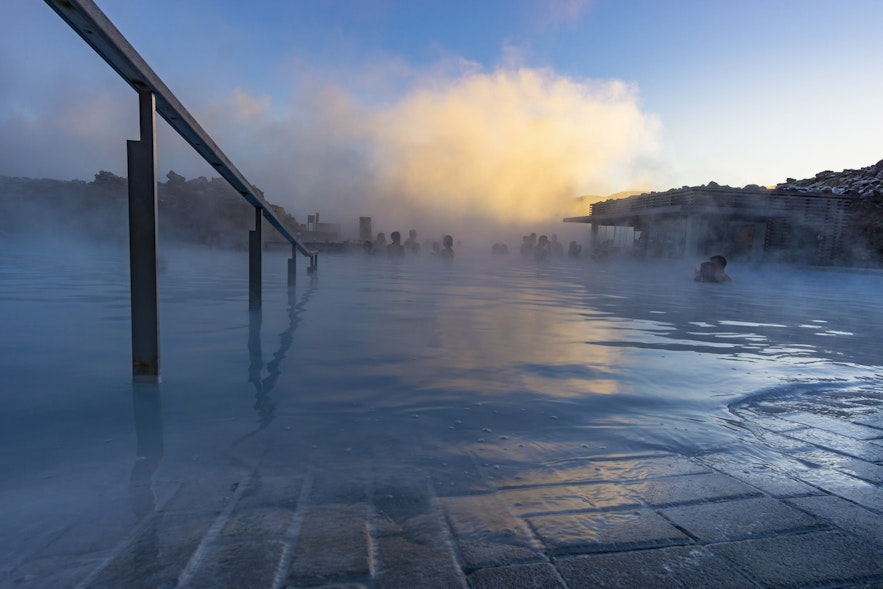
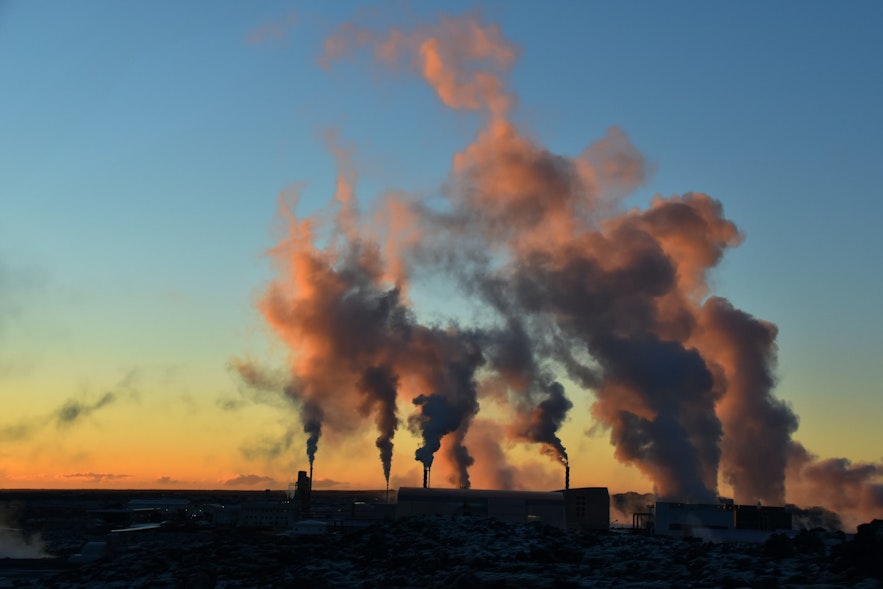
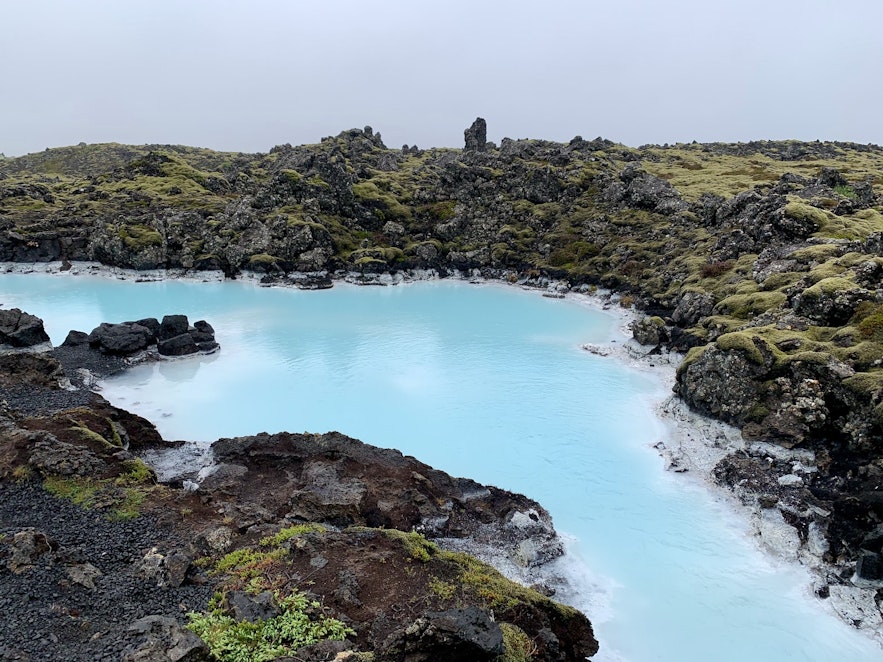

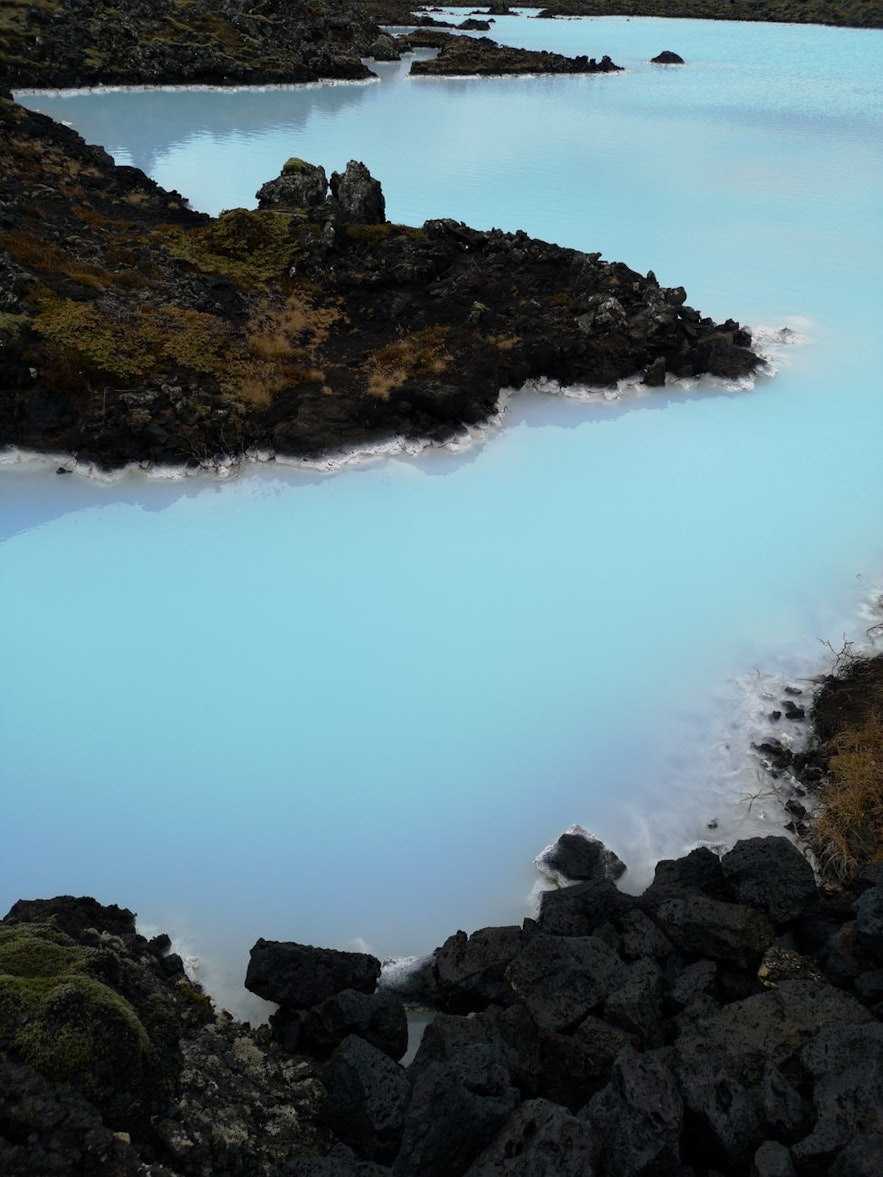
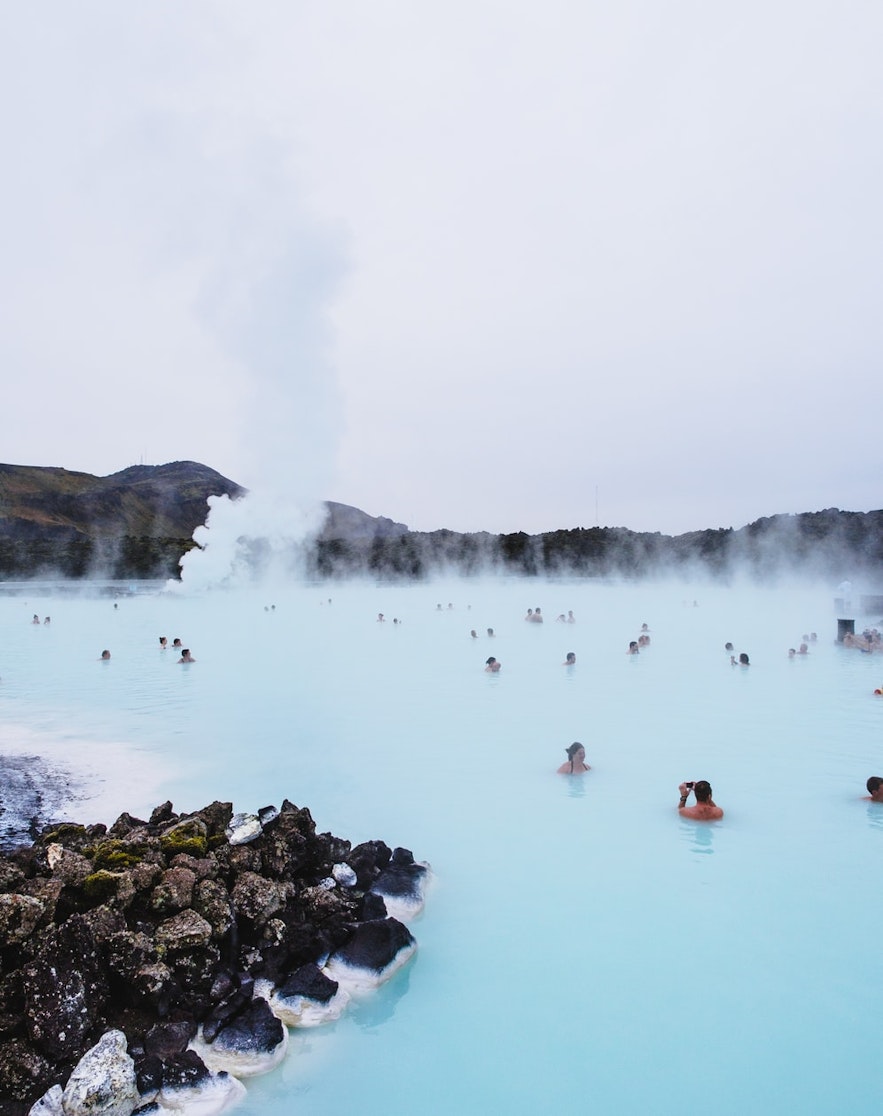

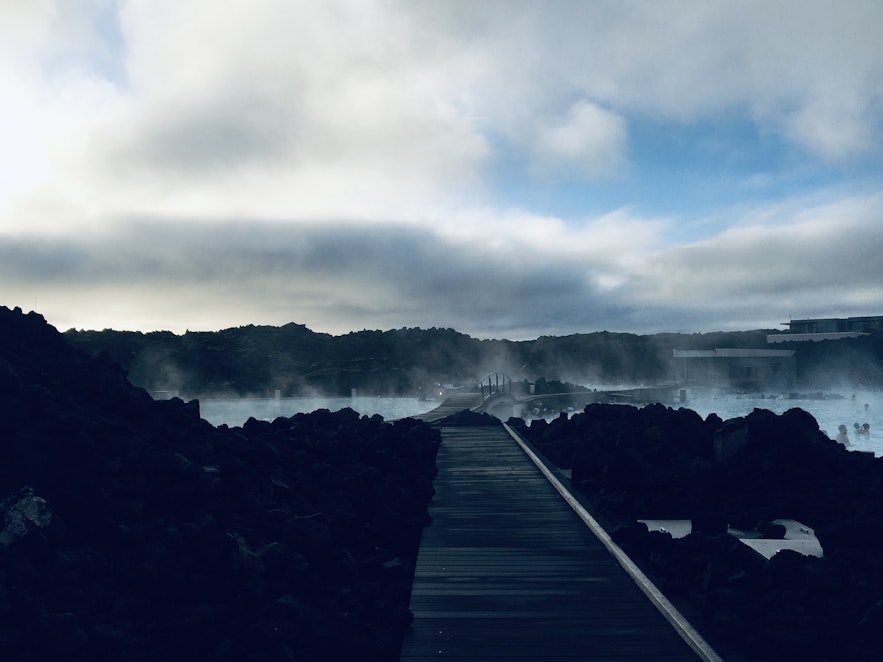
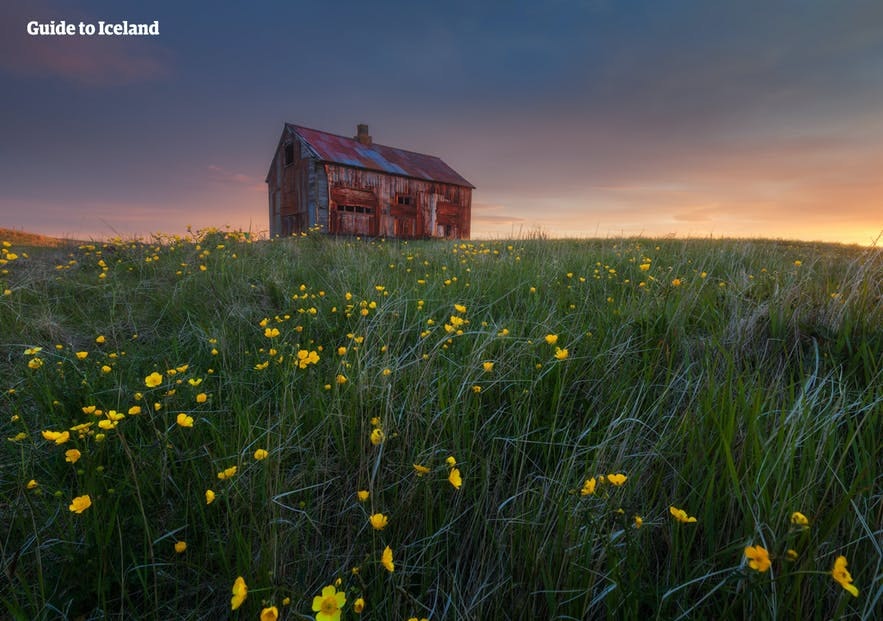

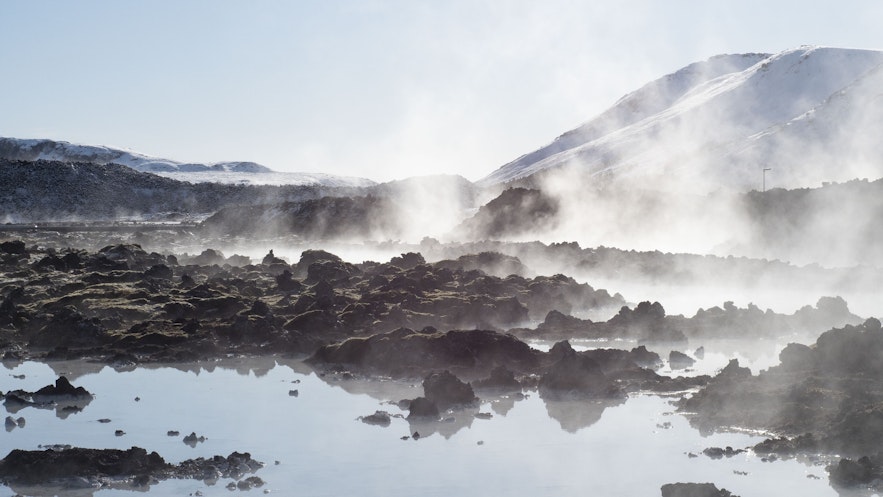

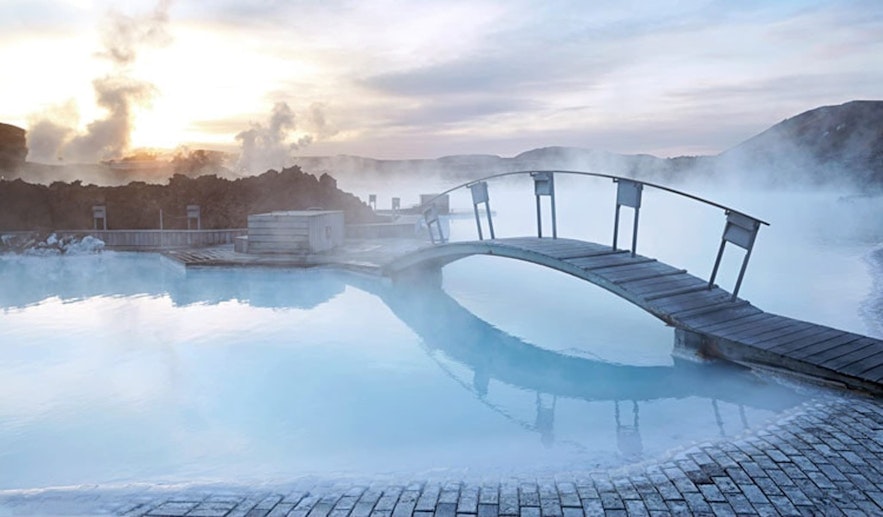
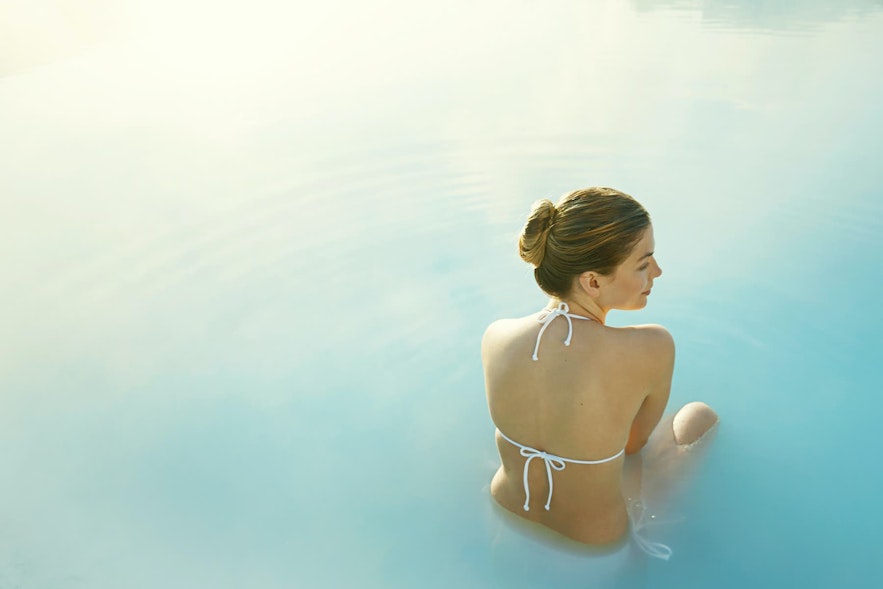
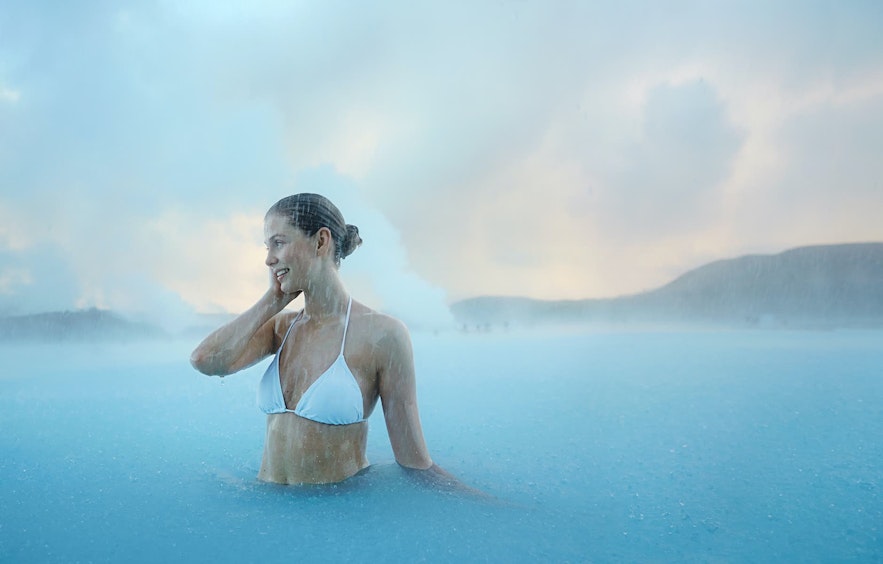


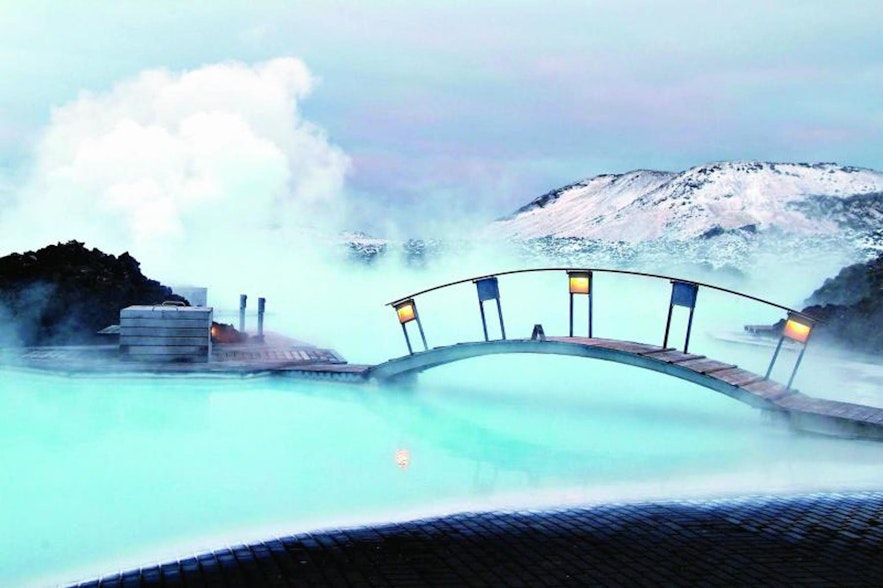



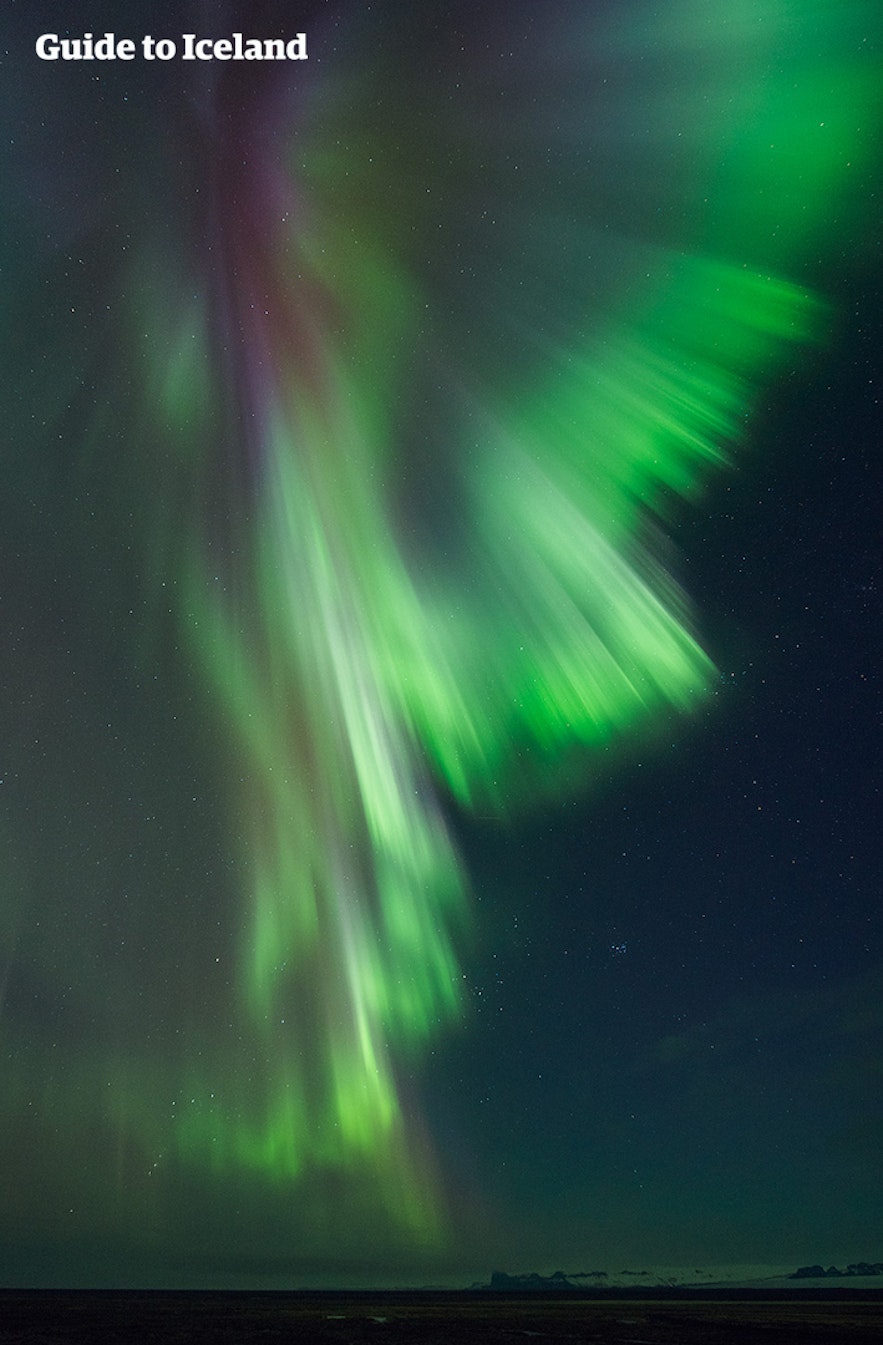
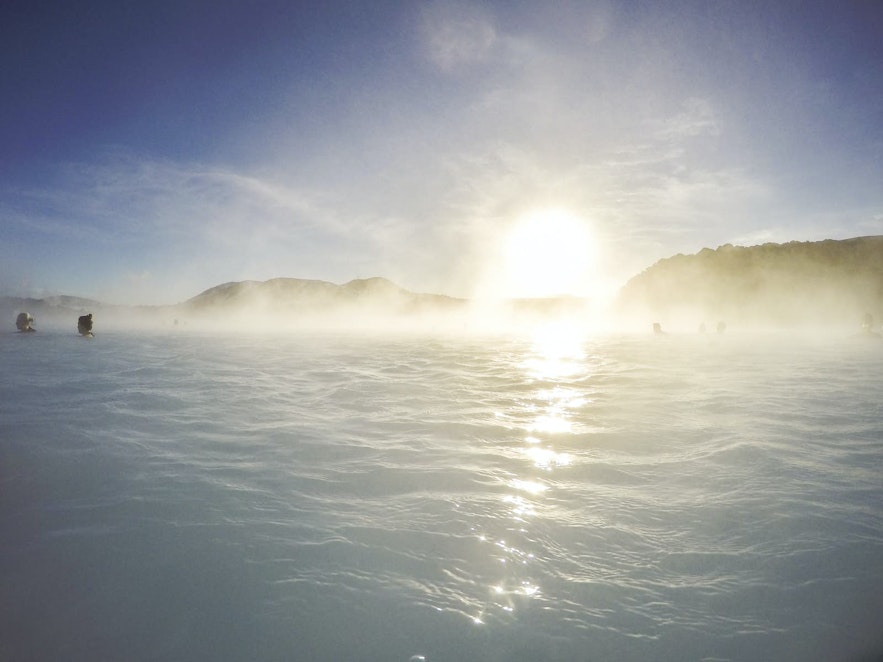

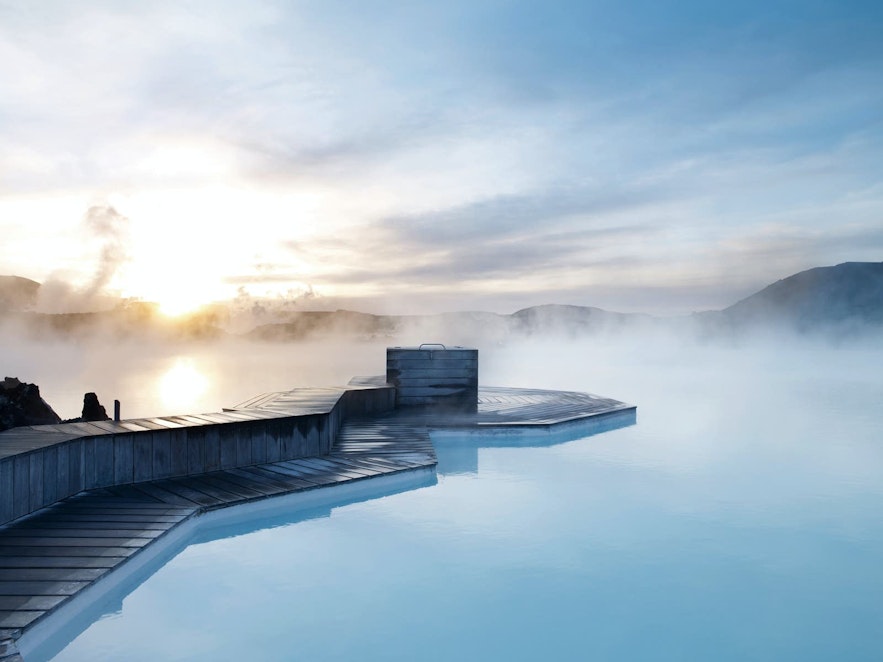
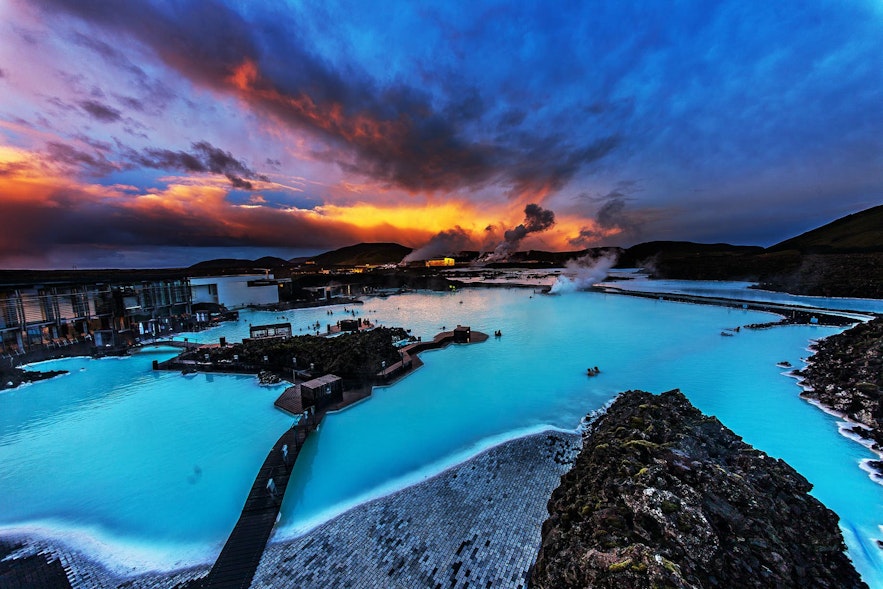
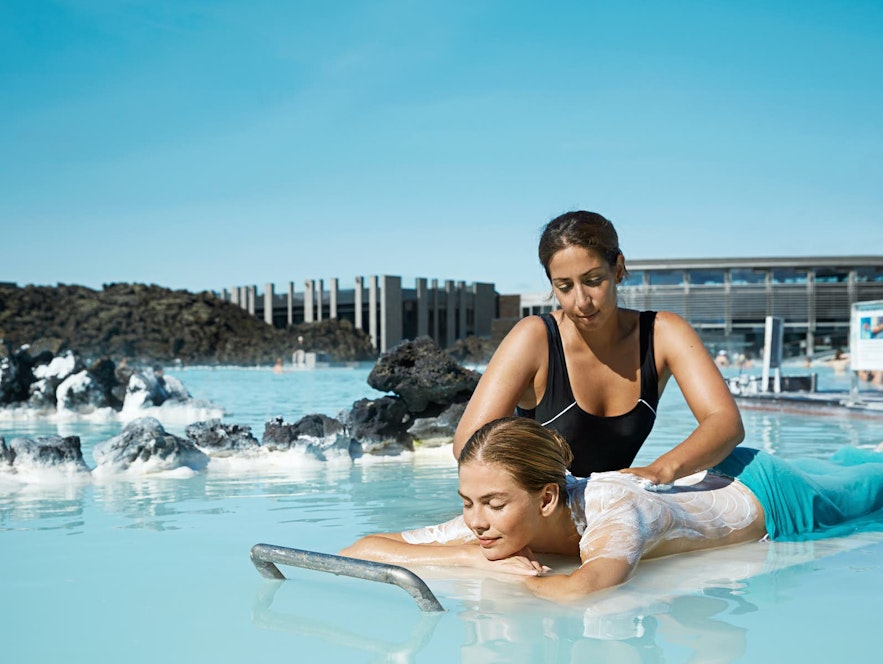
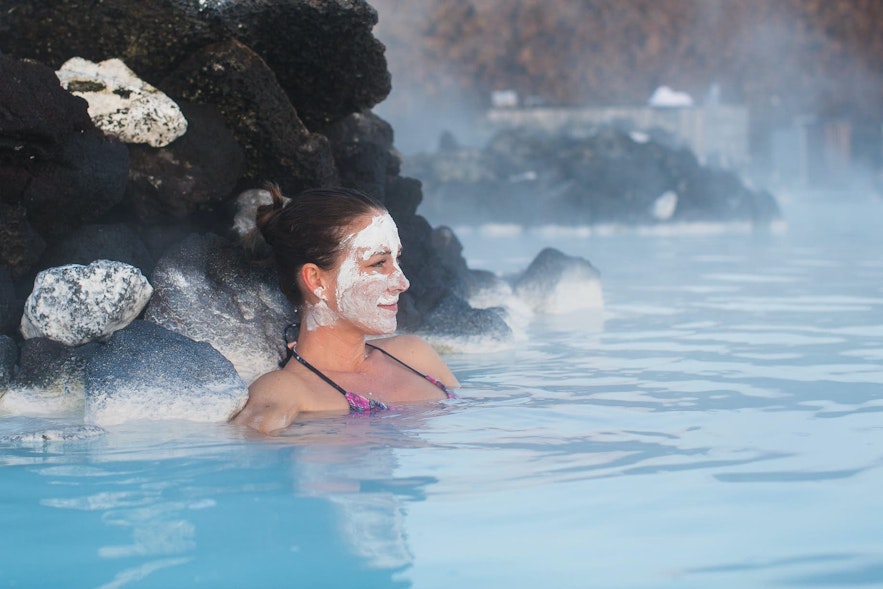
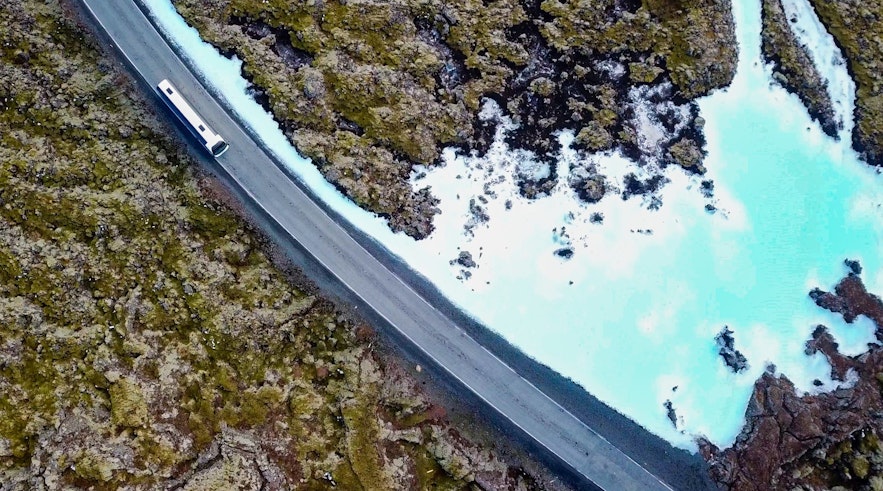
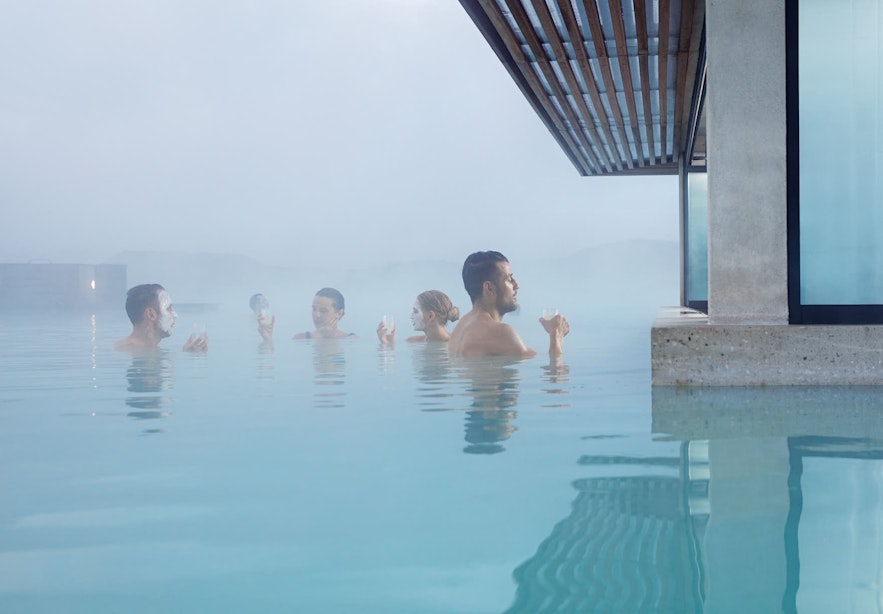
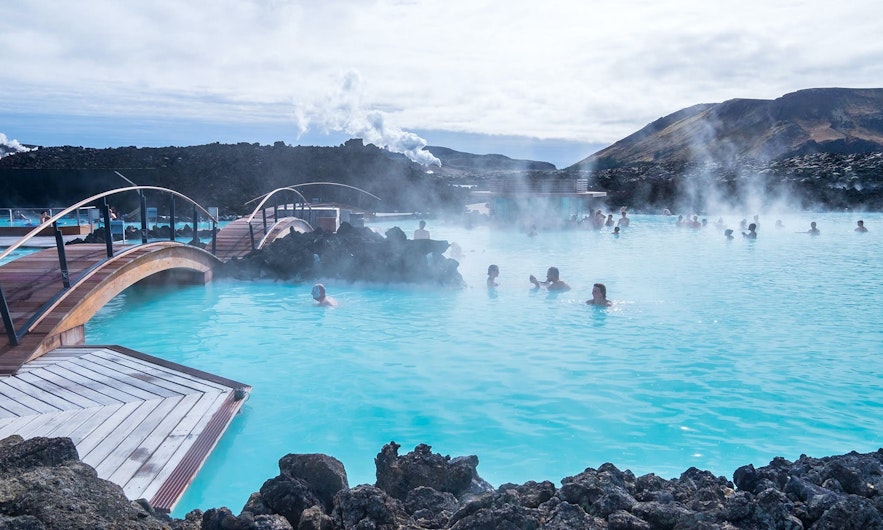
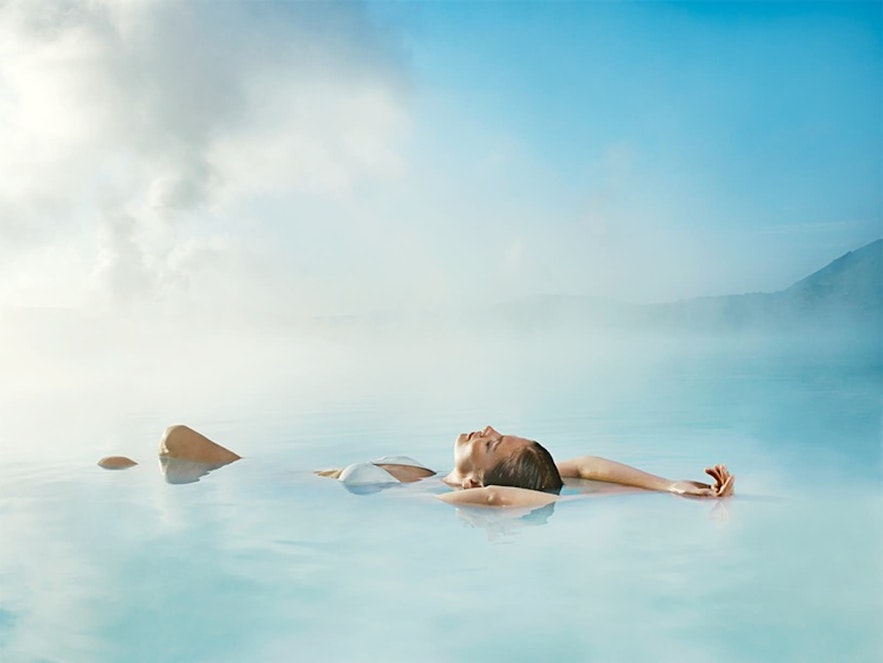
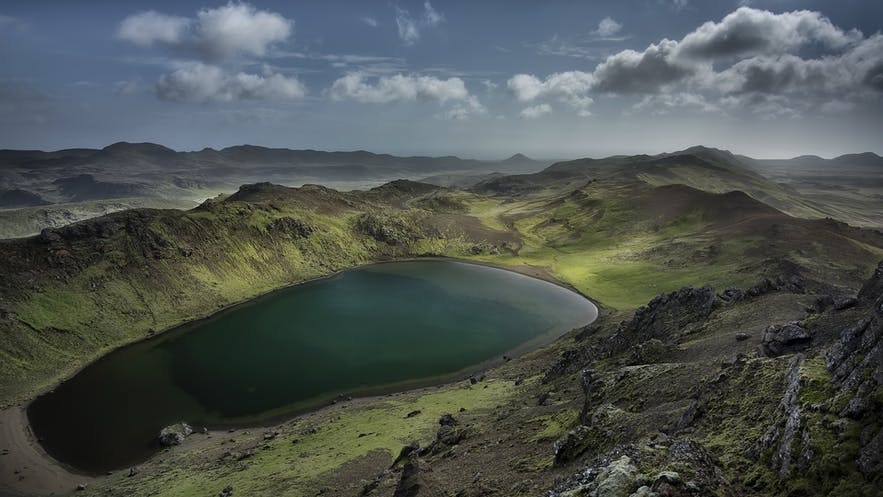

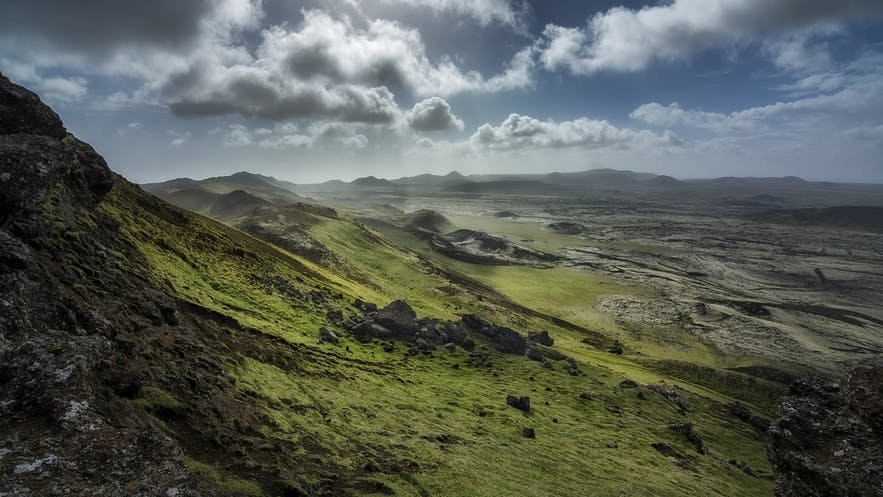
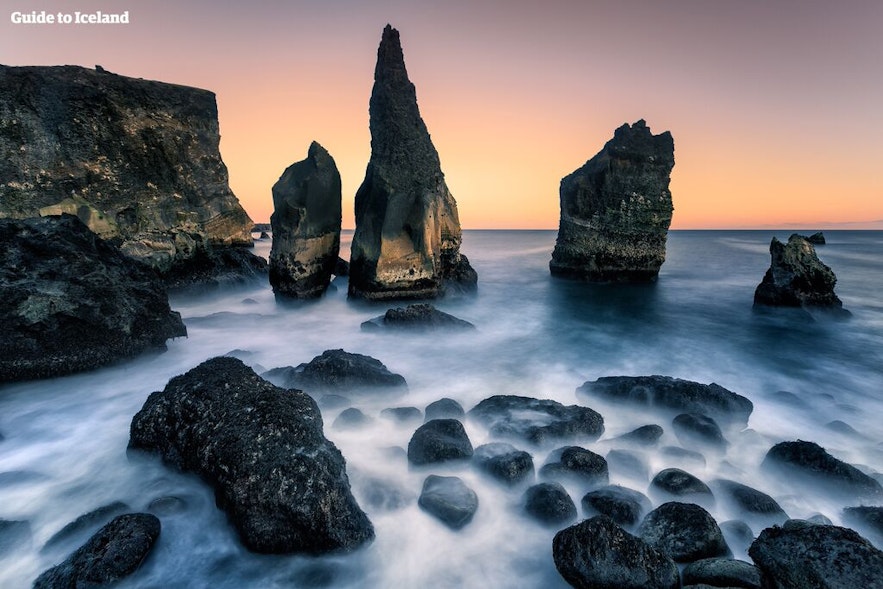


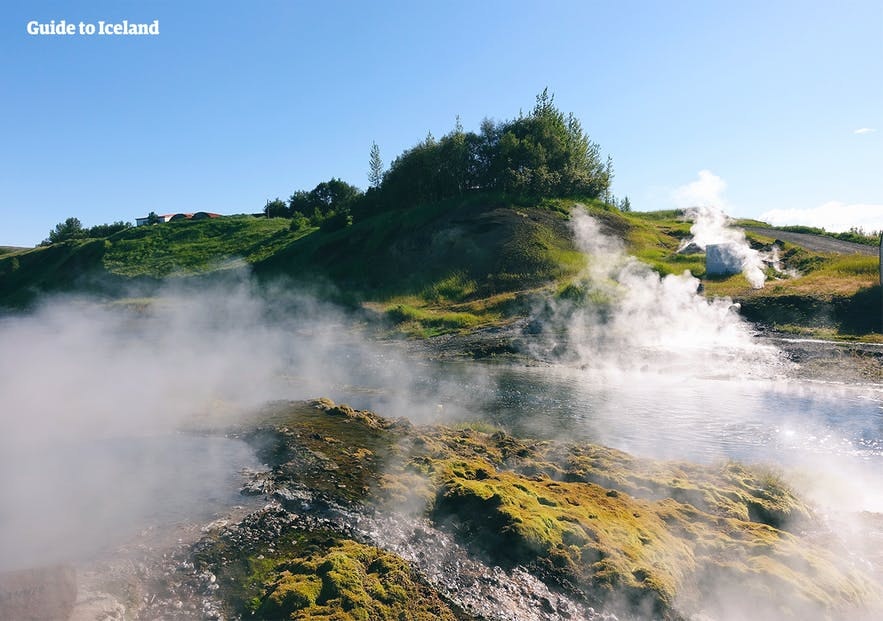



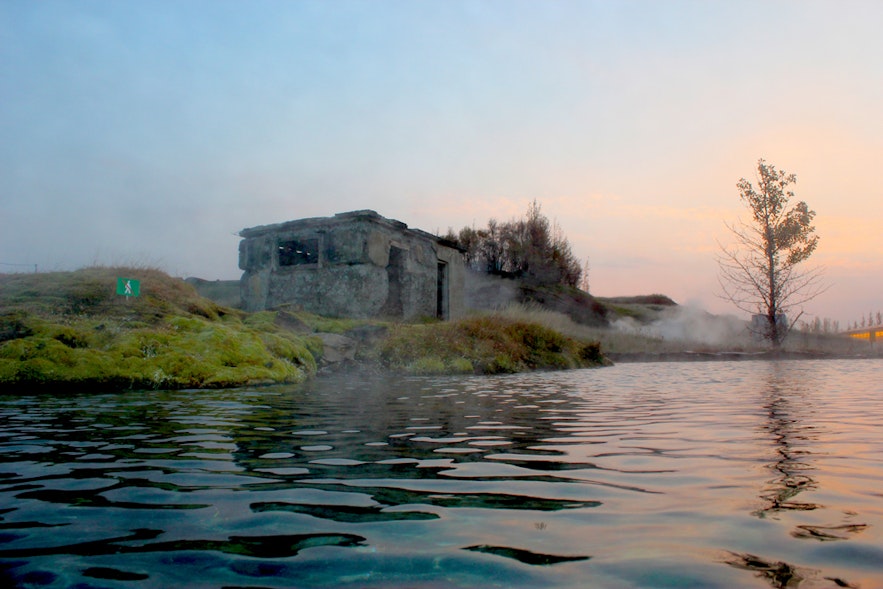

Comments
Post a Comment